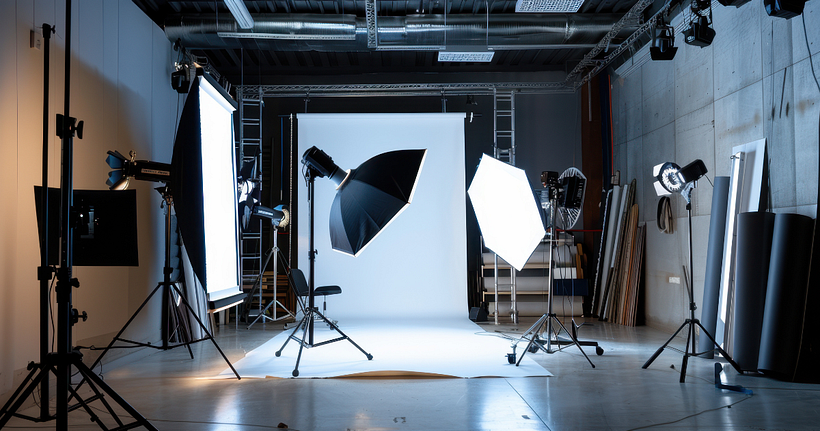Types of light in photography: master lighting to improve your photos

Light is the soul of photography. Learning to recognize and manage the different types of lighting will allow you to completely transform your images.
.The lighting is key in photography. Mastering the types of light, their control and use will allow you to convey emotions, highlight details and create atmospheres. Below, we will explore the main photographic types of light with examples and tips.
1. Natural light
It is the light coming from the sun. It varies according to the time of day, weather and location. It is one of the most accessible and versatile for those who are starting out in photography.
Advantages: It is free, soft and enveloping in the early and late hours of the day (the famous golden hour).
Tip: Learn to observe how light changes throughout the day and experiment with its effects on your subject or landscape.
2. Artificial light.
It comes from human-created sources: light bulbs, LED spotlights, flashes, etc. It is ideal for more control over the scene.
- Common types:
Continuous light: Such as LED panels or studio bulbs.
Flash: Powerful, brief, used to freeze motion or compensate for shadows.
Tip: Adjust color temperature and focus direction for more natural or creative effects.
3. Hard light vs. soft light.
This classification depends on the quality of the light, not its source.
Hard light: Produces sharp shadows and strong contrasts. Example: midday sun or direct flash.
Soft light: Diffuse shadows and soft transitions. Example: cloudy day or bounced light.
Tip: Use diffusers, softbox windows or bounce to soften the light for more flattering portraits.
4. Front light.
Light directly in front of the subject. Reduces shadows and reveals a lot of detail, but can flatten the image if not used carefully.
Ideal for: Product photography or cleanly styled portraits.

5. Sidelight
Comes from one side of the subject. Adds volume, depth and drama.
Ideal for: Artistic portraits or scenes where you want to emphasize texture.
6. Backlighting.
Light comes from behind the subject, which creates silhouettes or glowing effects if handled well.
Ideal for: Emotional scenes, creative photos and capturing atmospheres.
7. Zenith and nadir light.
Zenithal: Comes from above. Can create sharp shadows under eyes or nose (dramatic).
Nadir: Comes from below. Used in horror scenes or for very specific aesthetic purposes.
Tip: Play with these directions to experiment with theatrical or cinematic effects.
8. Bounced or diffused light.
Achieved by reflecting light off light surfaces (walls, ceilings, reflectors). It softens the illumination and reduces aggressive shadows.
Ideal for: Indoor photography, natural portraits or video recording.
Do you want to master the light in your own photos?.
Explore the photography and video online courses on Domestika and learn lighting techniques with expert photographers.
And if you are interested in the cultural dimension of the image, don't miss:
Susan Sontag: the mind behind the lens.
Why do you take pictures? Find your style beyond technique.





0 comments